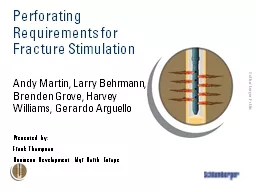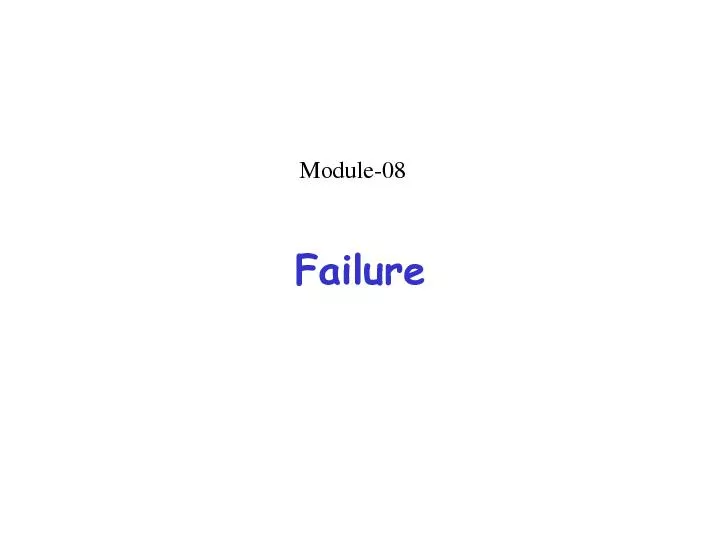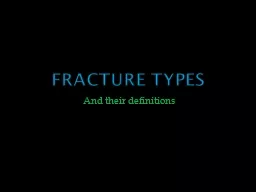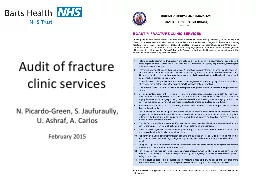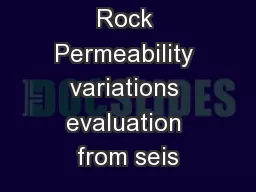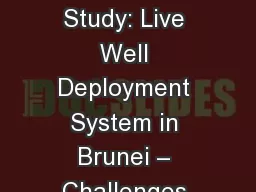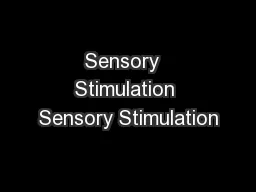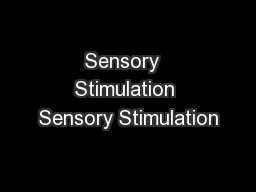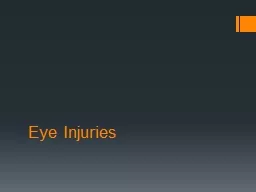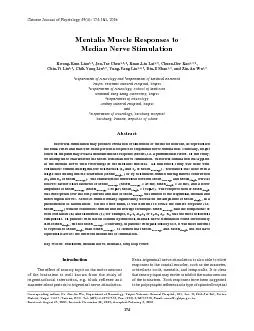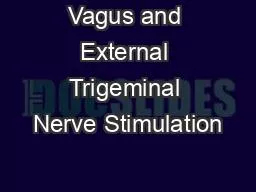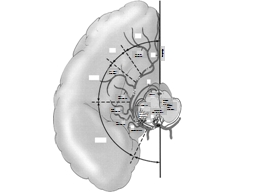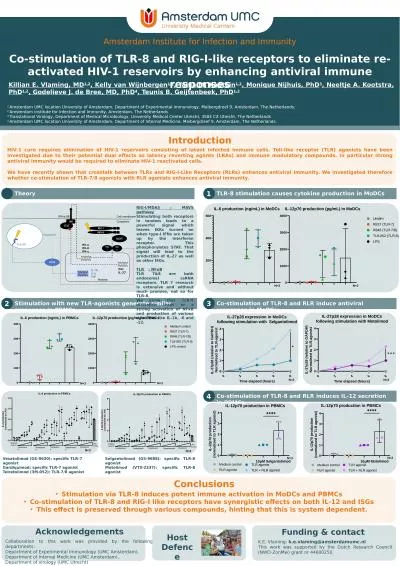PPT-Perforating Requirements for Fracture Stimulation
Author : ellena-manuel | Published Date : 2016-09-18
Andy Martin Larry Behrmann Brenden Grove Harvey Williams Gerardo Arguello Presented by Frank Thompson Business Development Mgr North Europe Agenda Perforating
Presentation Embed Code
Download Presentation
Download Presentation The PPT/PDF document "Perforating Requirements for Fracture St..." is the property of its rightful owner. Permission is granted to download and print the materials on this website for personal, non-commercial use only, and to display it on your personal computer provided you do not modify the materials and that you retain all copyright notices contained in the materials. By downloading content from our website, you accept the terms of this agreement.
Perforating Requirements for Fracture Stimulation: Transcript
Download Rules Of Document
"Perforating Requirements for Fracture Stimulation"The content belongs to its owner. You may download and print it for personal use, without modification, and keep all copyright notices. By downloading, you agree to these terms.
Related Documents

